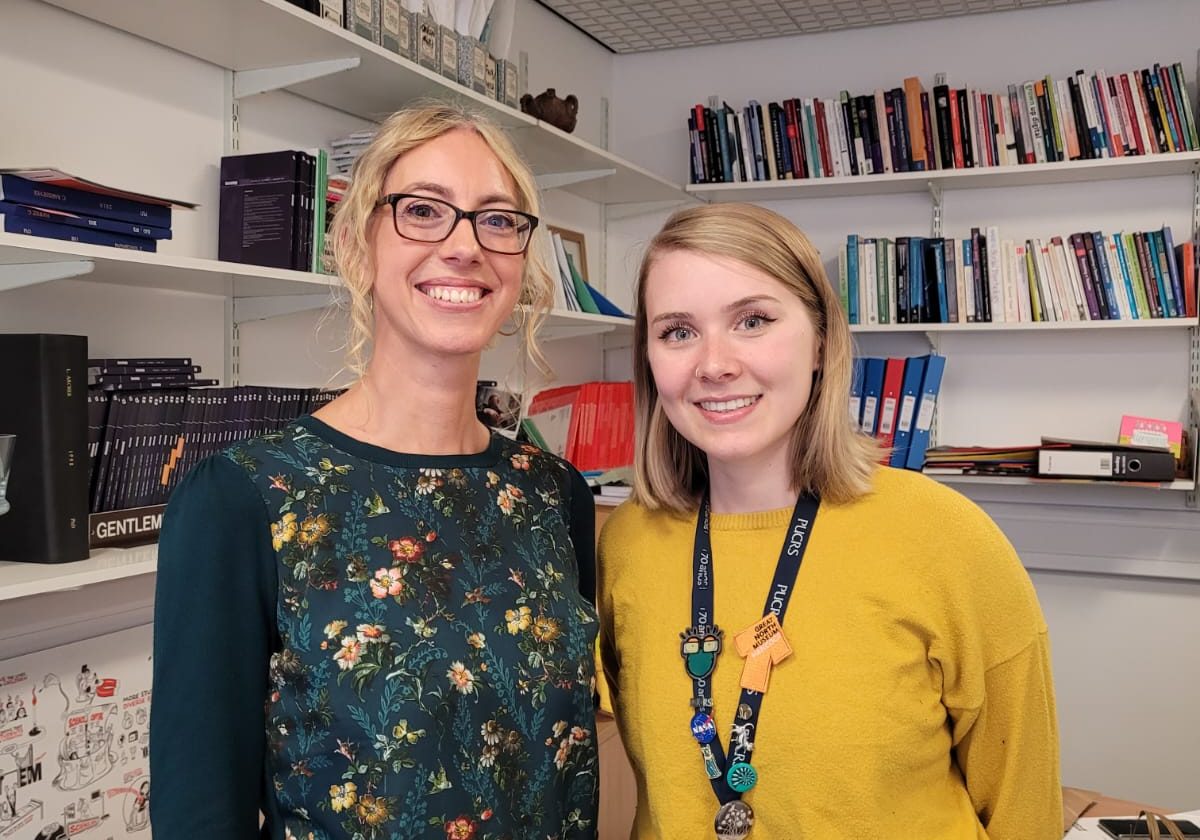ASPIRES: The ‘Lost Scientists’ Research Exhibition
By ASPIRES Research, on 23 January 2024
Blog: The ‘Lost Scientists’ Research Exhibition
In November 2023, the ASPIRES team launched the ‘ASPIRES3 Main report: Young people’s STEM trajectories, Age 10-22’ at The Royal Society in London. The report summarises the findings from the third phase of the ASPIRES research project, a fourteen-year, mixed methods investigation of the factors shaping young people’s trajectories into, through and out of STEM education (science, technology, engineering and mathematics).
Alongside the report launch the ASPIRES research team hosted a research exhibition representing ‘Lost Scientists’; young people with an interest and passion for STEM that have been unsupported and excluded by the education system and STEM fields. Their stories challenge dominant narratives which explain their absence from STEM as due to a lack of aspiration.
The ‘Lost Scientists’ exhibition was first developed by ASPIRES Director Prof Louise Archer, assisted by artist Maxi Himpe. It was informed by over 750 longitudinal interviews conducted by the ASPIRES project with young people from ages 10 to 21. The exhibition was inspired by the Wolfson Rooms at the Royal Society, where the exhibition was first held. The room resembles many other professional societies, typified by white marble busts and paintings of great scientists, mathematicians and engineers – who are overwhelmingly from white, male, privileged social backgrounds. Listen to an introduction to the exhibition here, read by Princess Emeanuwa.
At the centre of the exhibition was a life-cast bust, sculpted by Masters & Munn, representing one participant in the ASPIRES study: “Vanessa” (a pseudonym), a young, working-class Black woman (modelled by Happiness Emeanuwa). When we first interviewed Vanessa aged ten, she expressed a passion for science. However, as her interviews reveal, over time she came to find that her ‘love for it wasn’t enough.’ Listen to the words of Vanessa here, read by Happiness Emeanuwa.
 |
|
| A bust of ‘Vanessa’, representing a participant of the ASPIRES project. scientists Photo credit: Yolanda Hadjidemetriou. |
Vanessa represents all the potential scientists lost to social exclusion. Accompanying Vanessa are empty frames, designed to evoke other lost scientists. The ‘thesis’ placed next to Vanessa echoes the other dissertations in the Wolfson rooms and others, to remind us of the contributions that she and others like her might have made. In this way, the exhibition challenges us to re-think assumptions about the underrepresentation of women, racially minoritized and working-class young people in STEM. It invites the excluded to claim their rightful presence in elite scientific spaces.
 |
|
| Vanessa’s bust and an empty frame displayed amongst those of white scientists Photo credit: Yolanda Hadjidemetriou. |
The ‘Lost Scientists’ exhibition will be on public display from January to March 2024 when it is being hosted by the Geological Society. If you are interested in hosting the exhibition in the future, or have any questions about this work, please contact our research team on ioe.stemparticipationsocialjustice@ucl.ac.uk.
 Close
Close




